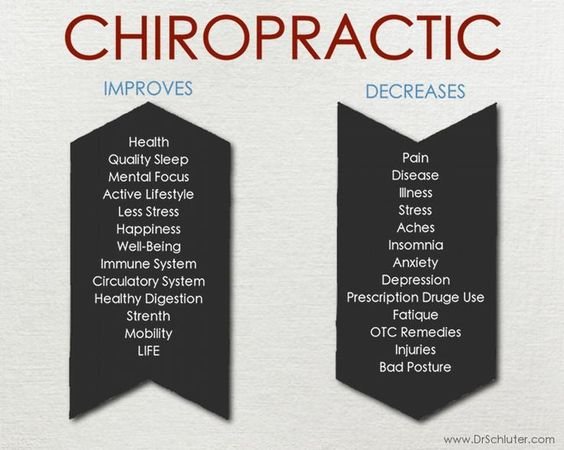Regular Activities That Add To Back Pain And Ways To Prevent Them
Regular Activities That Add To Back Pain And Ways To Prevent Them
Blog Article
Created By-Bates Svenningsen
Keeping appropriate pose and preventing typical pitfalls in everyday activities can substantially influence your back wellness. From how very low back pain rest at your workdesk to how you lift hefty items, tiny modifications can make a huge distinction. Visualize a day without the nagging neck and back pain that impedes your every step; the service may be simpler than you think. By making a few tweaks to your day-to-day habits, you could be on your method to a pain-free presence.
Poor Posture and Sedentary Way Of Living
Poor pose and an inactive lifestyle are two significant factors to pain in the back. When you slouch or suspicion over while resting or standing, you put unneeded strain on your back muscles and spine. This can cause muscle mass discrepancies, tension, and at some point, chronic back pain. Additionally, sitting for long periods without breaks or physical activity can damage your back muscles and cause stiffness and pain.
To combat poor stance, make a mindful effort to rest and stand directly with your shoulders back and aligned with your ears. Bear in mind to maintain your feet level on the ground and stay clear of crossing your legs for prolonged durations.
Incorporating routine extending and reinforcing workouts right into your daily routine can also aid improve your posture and reduce pain in the back connected with an inactive way of living.
Incorrect Lifting Techniques
Incorrect training techniques can substantially add to neck and back pain and injuries. When you lift hefty objects, keep in mind to flex your knees and utilize your legs to raise, as opposed to relying upon your back muscles. Avoid twisting your body while lifting and maintain the things close to your body to reduce pressure on your back. It's important to preserve a straight back and stay clear of rounding your shoulders while raising to prevent unnecessary pressure on your back.
Always analyze the weight of the things before lifting it. If it's too heavy, ask for help or usage equipment like a dolly or cart to deliver it safely.
Remember to take breaks during lifting tasks to offer your back muscle mass an opportunity to relax and protect against overexertion. By carrying out proper lifting techniques, you can protect against back pain and lower the threat of injuries, guaranteeing your back remains healthy and strong for the long-term.
Absence of Regular Workout and Stretching
An inactive way of living devoid of regular workout and extending can dramatically add to pain in the back and discomfort. When you don't participate in physical activity, your muscles become weak and inflexible, leading to bad position and boosted stress on your back. Regular exercise helps reinforce the muscle mass that support your spinal column, enhancing security and decreasing the risk of neck and back pain. Incorporating extending right into your regimen can also boost flexibility, stopping stiffness and discomfort in your back muscles.
To prevent back pain triggered by an absence of workout and extending, aim for at least half an hour of moderate physical activity most days of the week. Consist of exercises that target your core muscles, as a strong core can help minimize stress on your back.
Furthermore, take breaks to stretch and move throughout the day, specifically if you have a desk job. Straightforward stretches like touching your toes or doing shoulder rolls can help eliminate stress and avoid pain in the back. Prioritizing regular workout and extending can go a long way in keeping a healthy back and minimizing pain.
Verdict
So, remember to stay up directly, lift with your legs, and stay active to avoid back pain. By making basic adjustments to your day-to-day behaviors, you can prevent the discomfort and limitations that feature neck and back pain. Continue Reading for your back and muscular tissues by practicing great posture, appropriate lifting methods, and routine workout. Your back will thanks for it!
